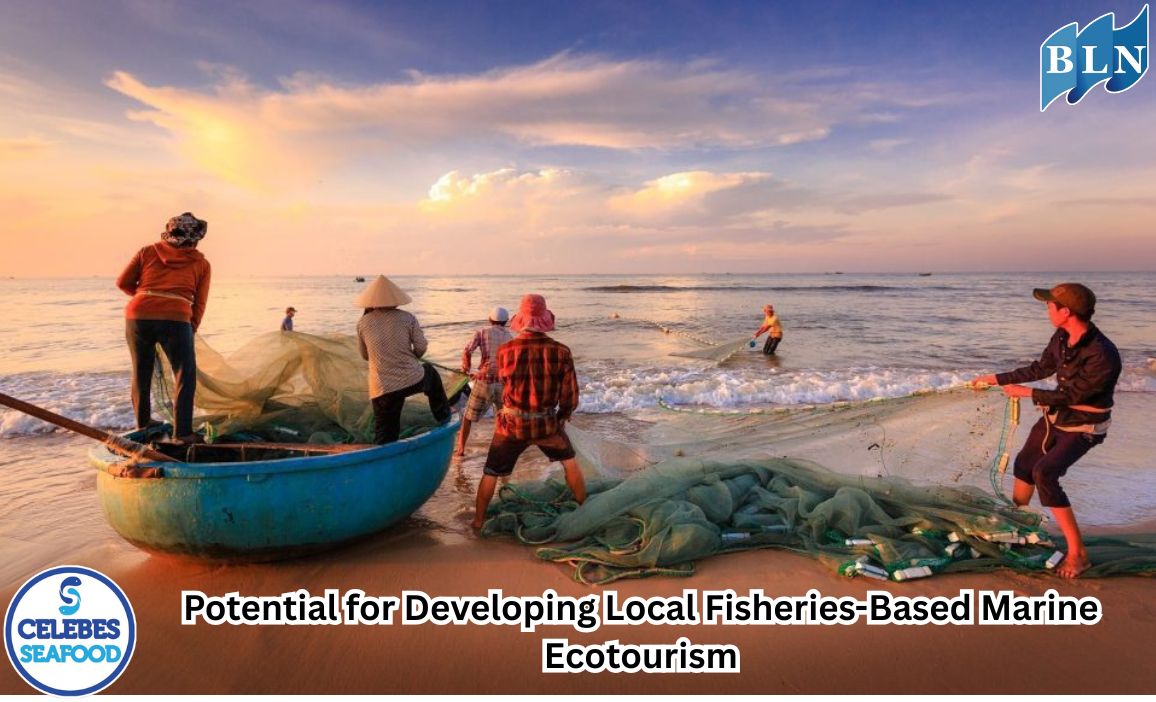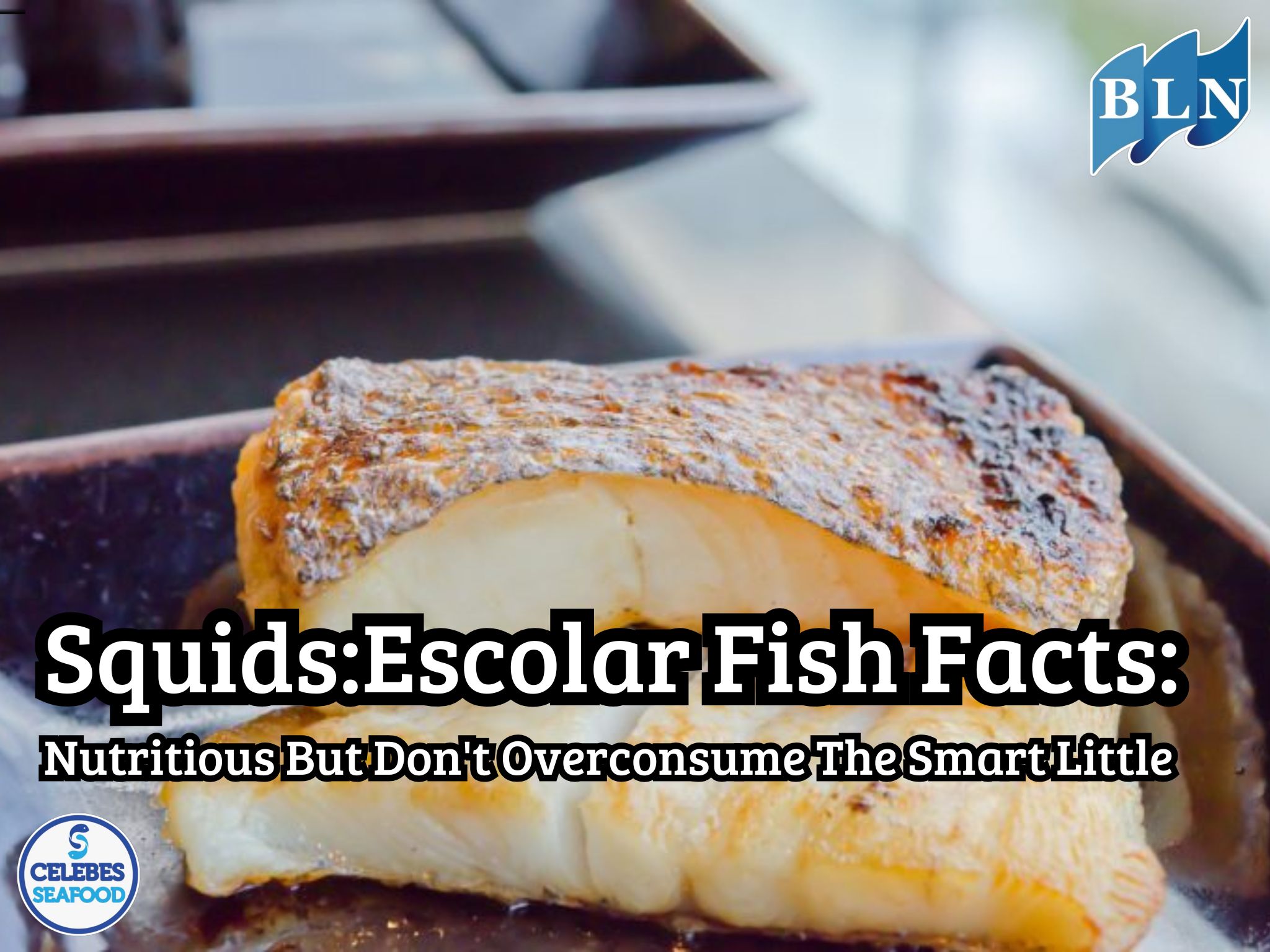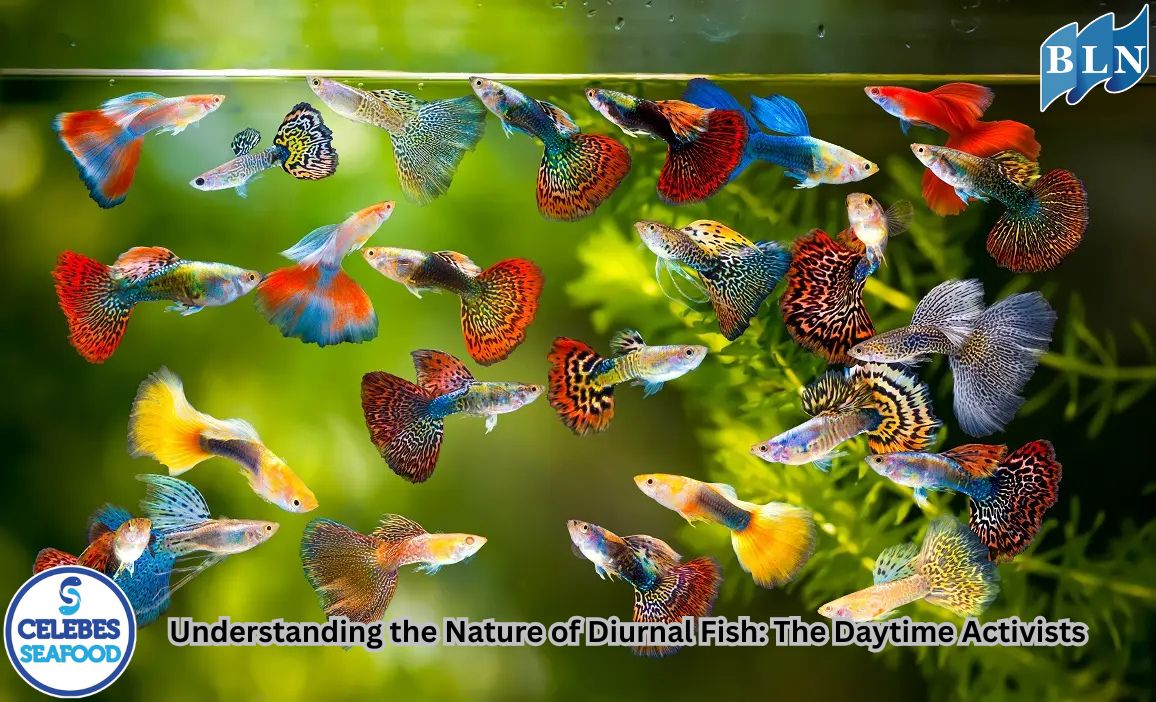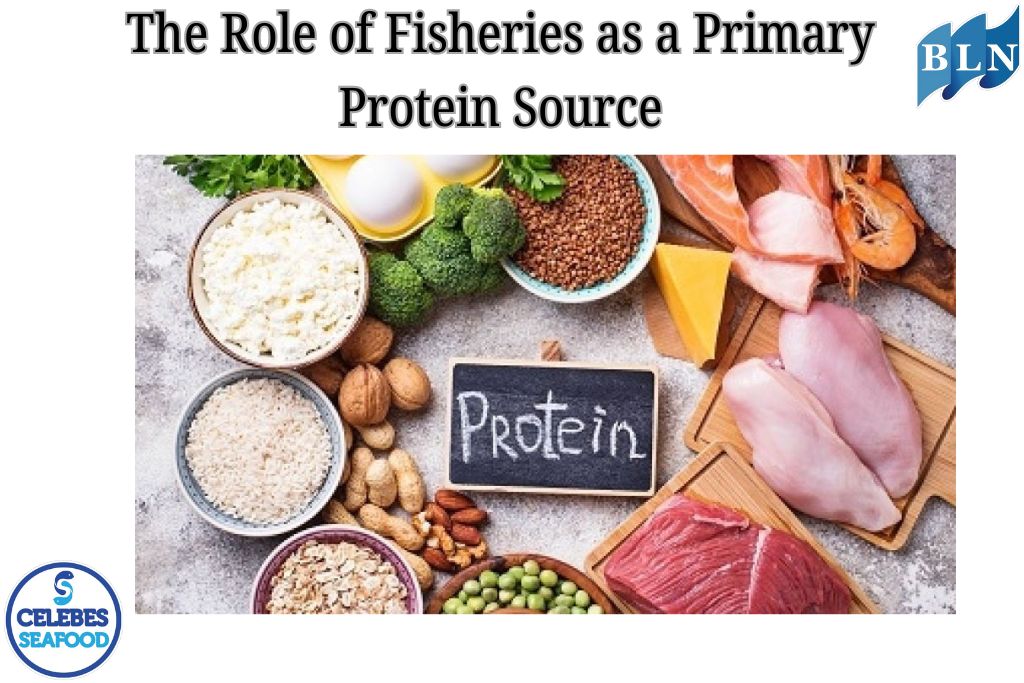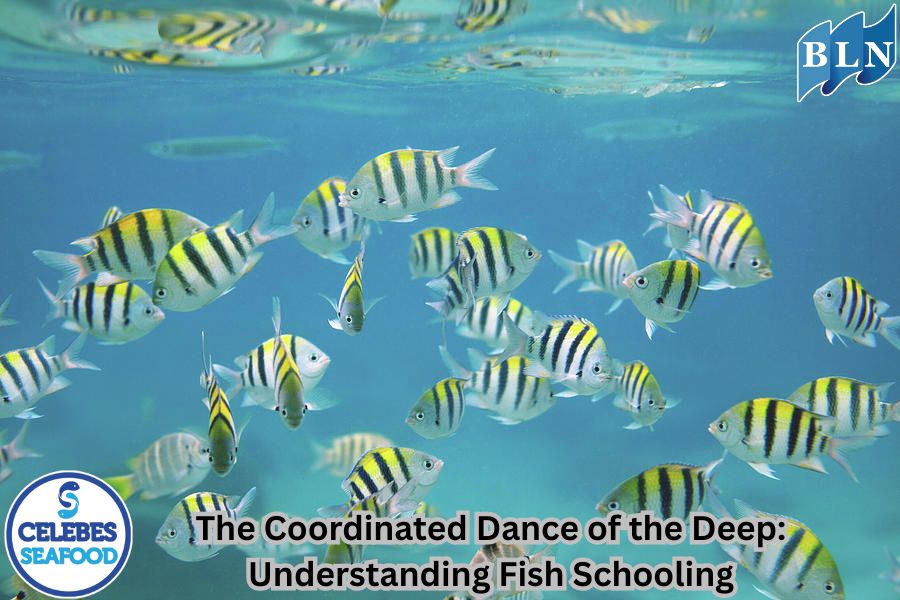The Use of Fishing Gear That Damages Fisheries Habitats
By. Azizah - 04 Jun 2025.jpg)
lautnusantara.comIndonesia's fisheries resources depend heavily on the health and sustainability of marine and freshwater ecosystems. However, environmentally destructive fishing practices remain widespread. One of the primary causes of habitat degradation is the use of harmful fishing gear. These practices not only threaten the sustainability of fish stocks but also destroy the environments where various marine species live and reproduce.
Types of Destructive Fishing Gear
-
Bottom Trawls (Trawl Nets)
These nets drag across the sea floor, causing physical damage to coral reefs, seagrass beds, and benthic habitats. Although banned in many countries, including Indonesia, their illegal use still occurs. -
Blast Fishing
Using explosives to catch fish destroys entire surrounding ecosystems, including fish eggs and juveniles. Coral reefs damaged by bombs can take decades to recover. -
Cyanide Fishing
Often used to capture live ornamental fish. Cyanide kills plankton and small organisms and severely damages coral tissue. -
Non-selective Surrounding Nets
These nets often catch undersized or non-target species, including protected marine animals like sea turtles and sharks.
Impacts on Fisheries Habitats
-
Coral Reef Damage
Coral reefs are vital habitats for over 25% of marine fish species. Their destruction results in the loss of spawning grounds, shelter, and feeding areas. -
Loss of Biodiversity
Destructive gear does not discriminate by species or size, leading to population declines and even extinction of some species. -
Reduced Fishery Productivity
Damaged habitats cannot support healthy fish populations, ultimately leading to decreased catches for local fishers.
Control Efforts and Solutions
-
Strict Law Enforcement
Governments must enhance patrols and impose firm penalties on perpetrators of illegal fishing. -
Fisher Education and Outreach
Coastal communities need awareness programs to understand the long-term consequences of using destructive gear. -
Adoption of Eco-Friendly Fishing Gear
Such as fish traps, selective gillnets, or hand lines, which preserve the environment while maintaining catch quality. -
Habitat Rehabilitation
Coral reef restoration, conservation area management, and no-take zones can help restore degraded ecosystems.
If you are interested in our Coral Trout Fillet Skin On, CORAL TROUT WGG WHOLE GILLED GUTTED, TOMATO COD WHOLE GILLED GUTTED please do not hesitate to contact us through email and/or whatsapp.
.jpg)
